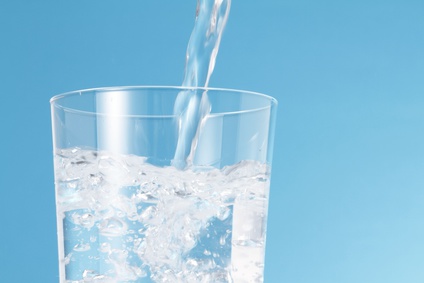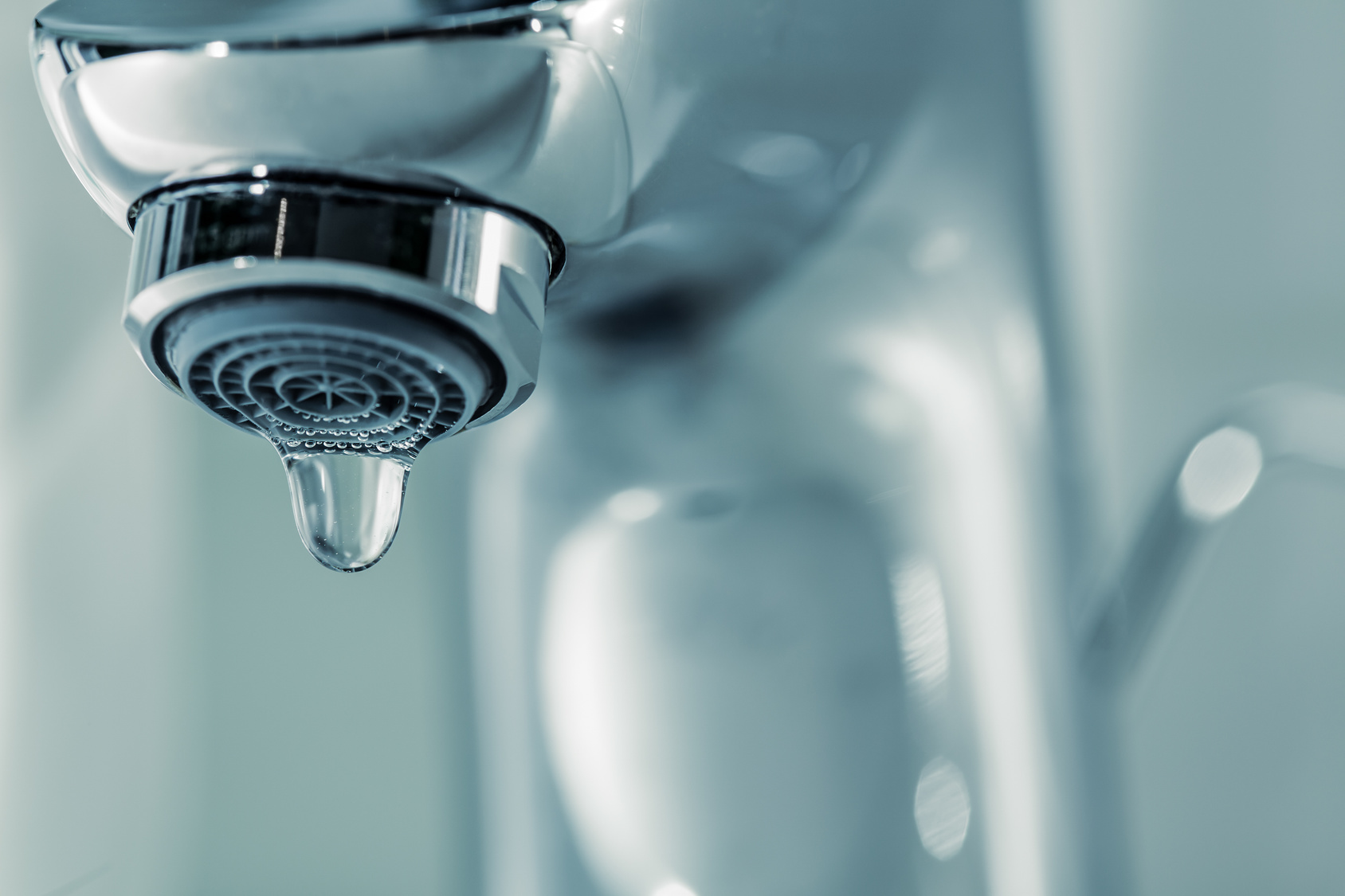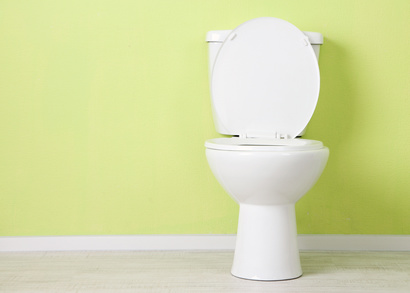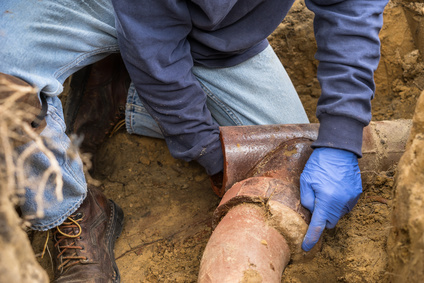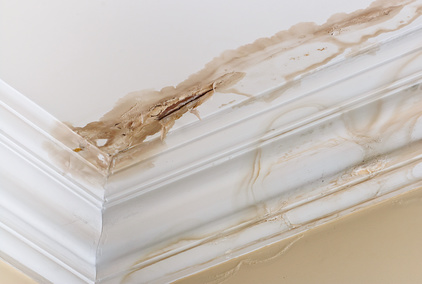
Few things inspire as much dread in a homeowner as the thought of flooding. In a matter of minutes, a few inches of water can ruin everything you’ve worked for. You feel helpless. The good news is you can reduce the likelihood that you will become a victim of flooding. Just keep an eye out for the most common causes of this household disaster. Here are five reasons your home might flood.
Broken/Cracked Toilet Bowl
Cracks in a toilet bowl usually manifest themselves as a dark line that may look like a harmless scratch. Don’t let appearances fool you. If a crack is developing in your bowl, it’s only a matter of time before you have a leak. You need to act fast to avoid serious damage to your bathroom floor. The best course of action is to replace the toilet with a new one.
Broken Pipe in Slab
This can be one of the most expensive problems to fix. When it isn’t addressed, the foundation of your home could become unstable and make your entire home dangerous to inhabit. Unfortunately, due to the location of the pipes, it can be difficult to catch this type of leak in its early stages. The best way to determine whether you have a broken pipe in your slab is to pay attention to your utility bill. If the bill seems out of line with your water usage, there’s a good chance you have a hidden leak somewhere.
Clogged Sink Drain or Appliance Drain
A clogged drain can be more than a nuisance. This is an easy problem to prevent and a costly one to pay for later. Whether it’s a sink, dishwasher or washing machine a buildup of debris is the cause of most clogged drains. It’s not a pleasant job but taking the time to clean out poorly performing drains is a chore that can save you big in the long run.
Old Home – Weak Broken Pipes
It’s a fact that water pipes corrode and weaken over time. If you live in an old house with outdated plumbing it could happen at any time. Old pipes leak and burst which in turn can leave your home flooded. Nobody likes to spend the money required to replace the plumbing in an old house. But, if you consider the alternative it’s money well spent.
Water Heater
Hot water heaters have a nasty habit of failing and filling your basement with water. Often, it seems to happen shortly after the warranty expires. But, it’s not a good idea to wait to replace a water heater until it has exceeded its “lifetime”. This is otherwise known as the manufacturer’s warranty. Not having the right size water heater can contribute to premature failure. Having hard water doesn’t help either. If you are fortunate enough to be at home when the problem occurs, turn off the water to the hot water heater. The shut-off valve is usually located on top. Then get ready to shell out the cash for a new water heater.

